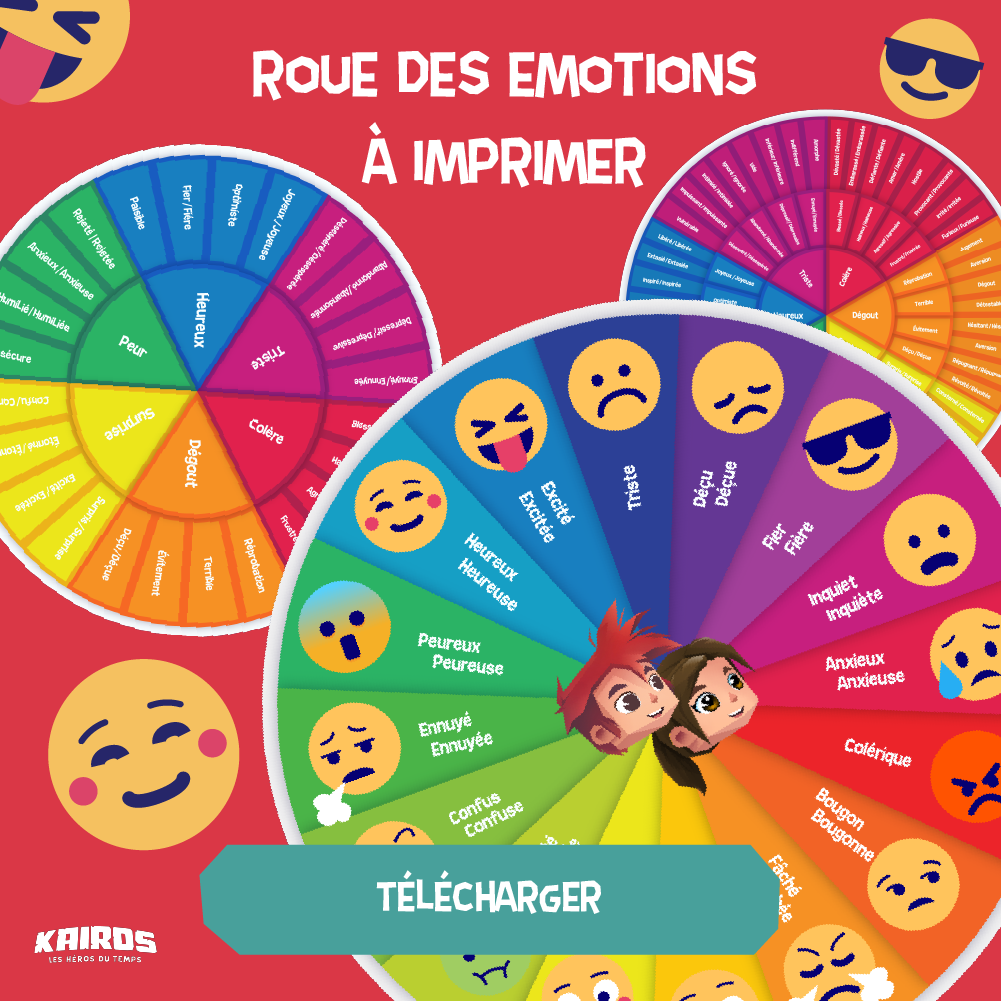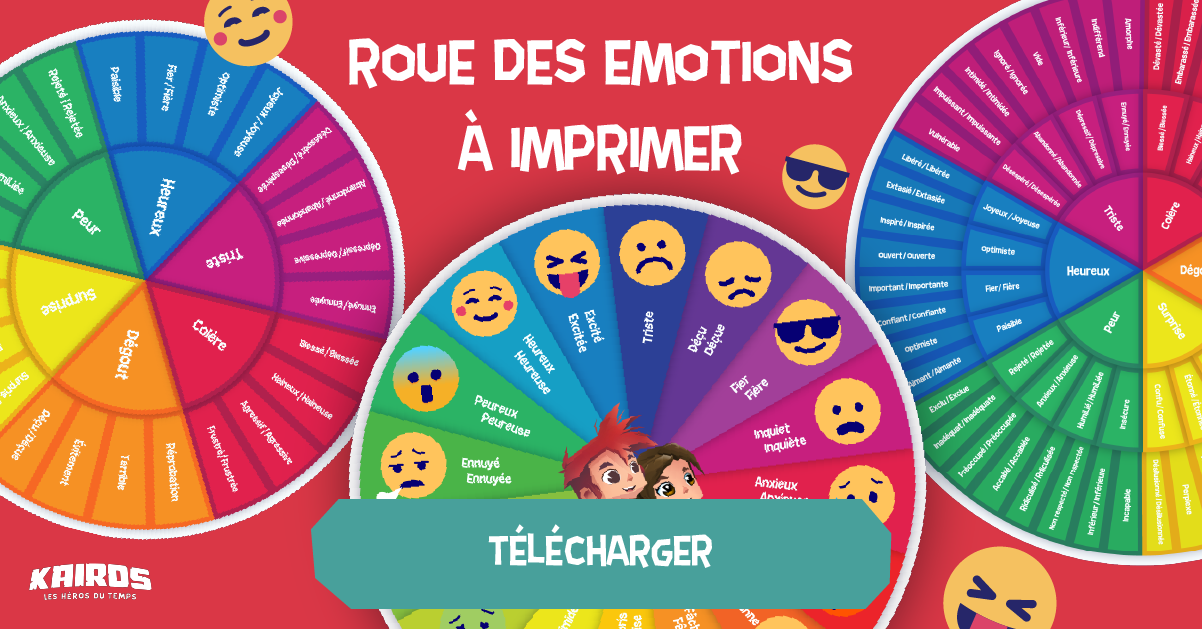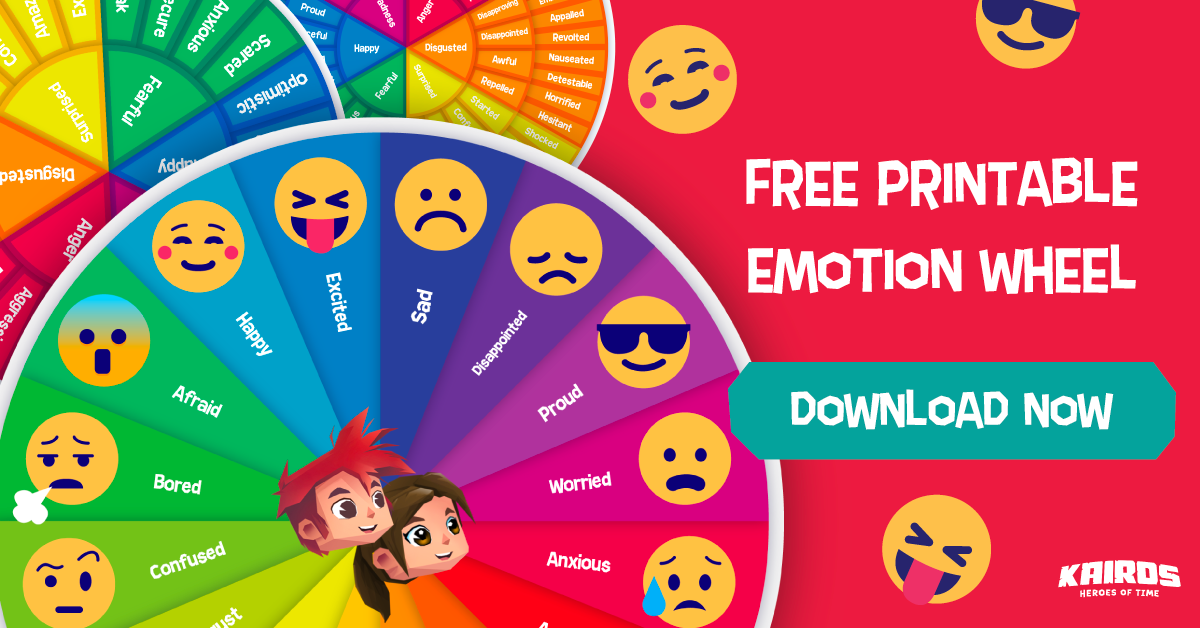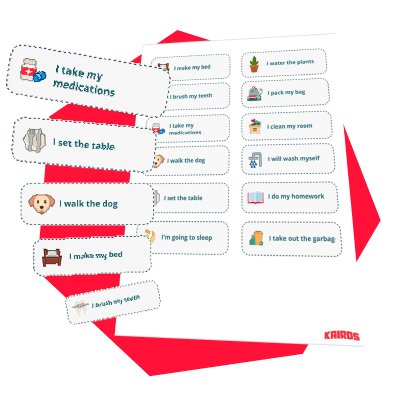Emotional Intelligence's author Daniel Goleman recognizes 8 main emotions: anger, sadness, fear, pleasure, love, surprise, disgust and shame. These are the emotions that adults name when talking about how they feel which are important to learn to live with.
As explained in the book The Color of Emotions, all emotions are good to experience, but can also negatively influence others. For example, a child who is overjoyed can become unpleasant to other children if they cannot contain their emotion. In the same way, a constantly repressed anger from fear of disturbing others will eventually come out in an exponential way. Therefore, it is very important to teach children to express their emotions while respecting others.
Why Is Learning Emotional Management Important for Children?
Emotions play an important role in our day-to-day lives and have several functions. They allow us to communicate, are sources of motivation in our actions and give us information about significant events in our life.
How to Teach Your Child to Manage Their Emotions?
There are several tools to help you teach your child emotional management. Here are the main steps recommended by experts in the field.


1. Managing Your Emotions Starts with Being Able to Recognize Them
Emotional management begins with being able to recognize the emotion we experience. Thus, before allowing your child to experience their emotion, it would be good to help them name the right emotion. Saying "I'm angry" is the first step to being able to experience the emotion as best as possible. Pay attention to the body language associated with each emotion, for example smiling when happy, tears when sad, so knowing how to read other people's emotions through their body language makes it easier to relate to others.
Knowing the Emotions - The 8 Main Emotions According to Daniel Goleman
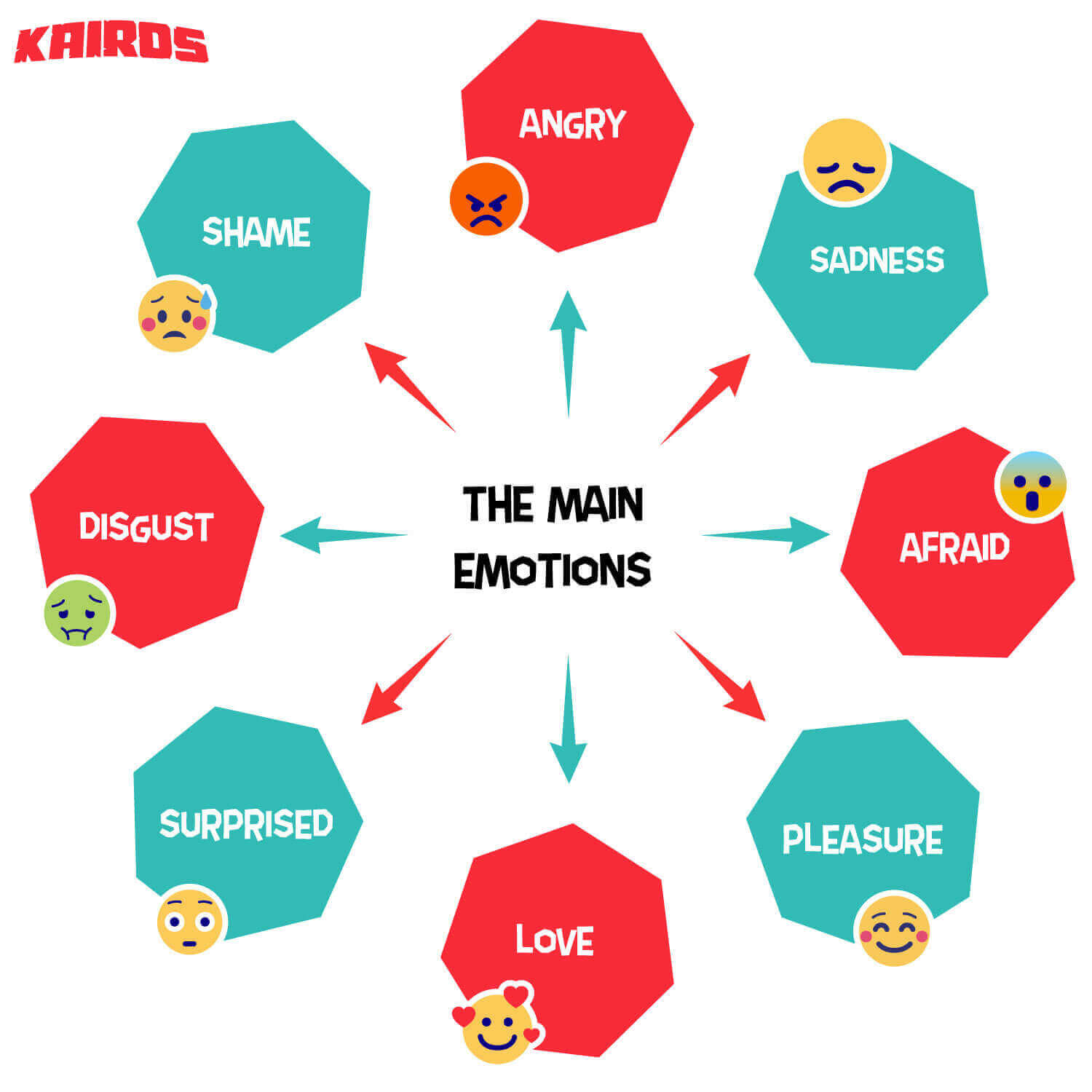
Before anything else, it is important for your child to know what the main emotions are. Teaching your child the basic emotions is the first step to teach them how to identify and talk about their emotions.
Give Your Child the Tools to Express Their Emotions
Your child needs words to name their emotions. Learning this vocabulary is essential to describe what they are feeling in other ways than kicking and screaming. As a parent, you can support your child by welcoming their emotions and by saying, "I can see that you are feeling angry," or by guiding your child in naming the emotions they are feeling.
Another way to facilitate the expression of emotions in children is to use Kairos' emotion wheel!
How To Teach Your Child To Recognize Emotions?
Recognizing our emotions means being emotionally intelligent, that is, being able to "express, understand and manage our own emotions and to perceive and interpret those of others". Teaching your children to recognize their emotions will allow them to have more control over their lives, by giving them the tools to find healthy and constructive ways to experience and share their emotions.
Learning About Different Emotions Through Books and Movies
Using books is a great way to help your children understand a concept. They can help children to recognize themselves without necessarily explaining directly to them what is going on. The character who is experiencing an emotion, for example, can help the child understand that their emotion is normal and that they are not alone. An excellent resource is the book "The Color of Emotions". This book explains to children each of their emotions, what they feel inside and how others can experience moments when they experience an emotion. It is well illustrated and most children know it so well that they know the color of each emotion.
Another great book is "Grosse Colère". This book helps children to put their anger into words and realize that just because they are angry doesn't mean they can destroy everything around them. The movie "Sens dessus dessous" is very helpful in recognizing and understanding emotions.
Recognizing an Emotion with Kairos' Emotion Wheel
The idea is to take pictures of each emotion and put them on a wheel. Then the child can turn the wheel in order to name their emotion. Often, seeing a picture can help name the emotion. We can also stick pictograms on the wall, on a die, or on a ball, to help the child point out which one most resembles their emotion.
2. Let Your Children Experience Their Emotion

Once the emotion has been named, it is now time to experience it. No matter what the emotion is, it can be a good idea to introduce slow and controlled breaths with the child. A great trick is to place your finger in front of your mouth, breathe as if you are smelling a flower, and then blow out as if you were blowing out a candle. You can repeat it as needed!
Now, if the child is experiencing anger, they should be given a way to channel it. If they feel like hitting, give them a punching bag. If they feel like squeezing, give them a pillow. If they are experiencing sadness, sometimes they will need a hug, sometimes they will need a quiet space, sometimes they will need a soft object. It is important to reflect their needs and to offer them a tool that will allow them to experience their emotions without impacting others.
Objects can be purchased to channel emotions. These small objects can be pulled, crushed, twisted, etc. to relax.
It is important for your child to be able to express his emotions, but it is also essential for him to have the tools to experience and unload the stress that comes with these emotions.
3. Learn How to Prevent Negative Emotions
Although we cannot repress our emotions, it is possible to prevent it. For example, if we know that our child reacts to sudden changes in his routine, we will try to prepare him for the changes to come. To do this, Kairos' app can be used to plan the routine.
4. Learn to Recognize and Repair Actions Caused by Emotions
I insist on this point, because it is essential to teach children to live their emotions without impacting others. If the child has a tantrum and hurts another person emotionally or physically, it is important to make amends. It is necessary to help the child to go back to the person they hurt, or to the place where they experienced the tantrum to put everything back in order.
However it is important not to proceed while the child is still experiencing the emotion. You have to wait it out.
Learn More About Managing Children's Emotions
What Is Emotional Intelligence?
Emotional intelligence is the ability to understand and manage our emotions. The skills that contribute to emotional intelligence are self-awareness, self-regulation, motivation, empathy and social skills. According to Daniel Goleman, emotional intelligence is a much better predictor of future performance and success than IQ. Thus, developing your child's emotional intelligence is about enabling them to take control of their lives by giving them the ability to manage their emotions.
Why Is It Important to Talk About Emotions?
Talking about emotions with your child is essential to help them develop emotional intelligence, and learn how to experience and control these reactions. Until a certain age, children do not have the neural networks necessary to make sense of everything they are experiencing and feeling. By allowing children to express their emotions at the time they are experiencing them, and then helping them to put them into words once they have calmed down, you are helping your child to develop emotional intelligence, which will eventually give them the ability to control their emotions and also understand others' emotions better.
Emotions are everywhere, so take advantage of this and be creative in using your day-to-day activities to help your child manage their emotions. You can use games or take advantage of outings to analyze emotions and discuss them with your child. When it comes to talking to children about emotions, the options are endless, the important thing is to try!
Resources :
https://papapositive.fr/25-outils-methodes-gestion-emotions-enfants/
